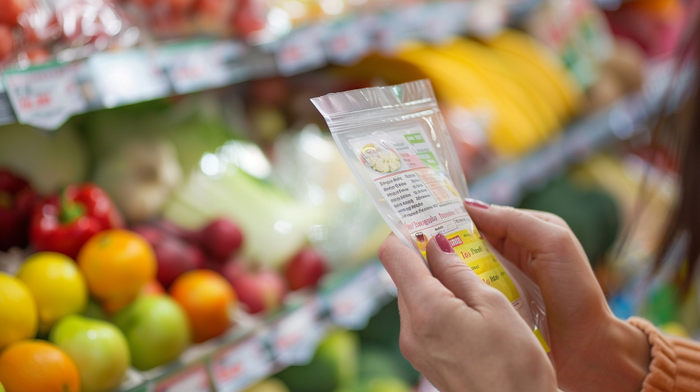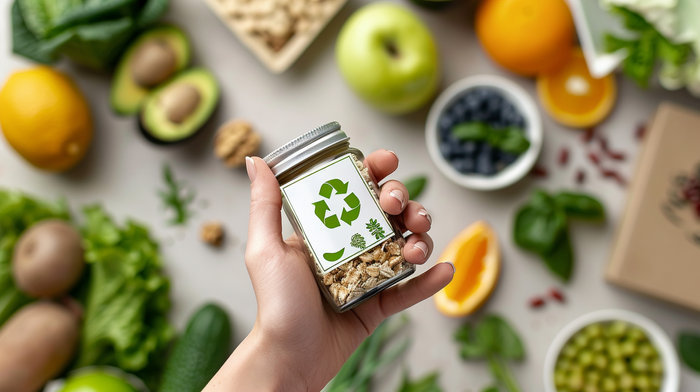How to read product labels to choose healthy options?

Reading food labels is a key part of a conscious approach to healthy eating. In today's world, where store shelves are stacked with a wide variety of products, this skill is becoming essential. Labels provide valuable information about ingredients, nutritional values, as well as the presence of potentially harmful additives. In this article, we'll take a closer look at how to read product labels to make health-promoting choices.
Deciphering the nutritional table

On each food product you will find a nutritional table, which is a key source of information about its composition. You will find data on calories, protein, fats, carbohydrates, sugars, as well as vitamins and minerals. It is important to pay attention not only to calories, but especially to the quality of the ingredients. Products rich in protein and fiber, and low in simple sugars and trans fats, are usually a healthier choice.
List of ingredients - what is worth knowing?
The product's ingredient list is another item to pay close attention to. The ingredients are listed in order from largest to smallest amount. This makes it easier to identify the product's main ingredients. Avoid products with sugars, hydrogenated fats or artificial additives at the top of the list. Instead, look for those that contain natural ingredients, such as whole grains, fruits or vegetables.
Understanding allergen labeling
People with food allergies should pay special attention to allergen labels. By law, manufacturers are required to highlight substances in the ingredient list that may cause allergies or intolerances. These designations are often found at the end of the ingredient list and are printed in bold, making them easy to identify.
Expiration dates and storage information
The expiration date is another important element to pay attention to when choosing products. Food products, especially perishable ones, should be consumed before the expiration date. In addition, information about the proper storage of a product can help preserve its freshness and nutritional value.
Eco-labels and certifications

Organic labels and various types of certifications can be helpful in choosing sustainably sourced and environmentally produced products. Certifications such as Fair Trade or Bio guarantee that a product has been produced according to certain environmental and social standards. By choosing products with such labels, you are not only supporting your health, but also the well-being of the planet.
Summary
Reading food labels is an essential skill for anyone who wants to consciously take care of their health. By paying attention to the nutritional table, ingredient list, allergen labels, expiration dates and organic labels, we can make better food choices. Remember that healthy eating starts when you shop, so take the time to read product labels carefully.




